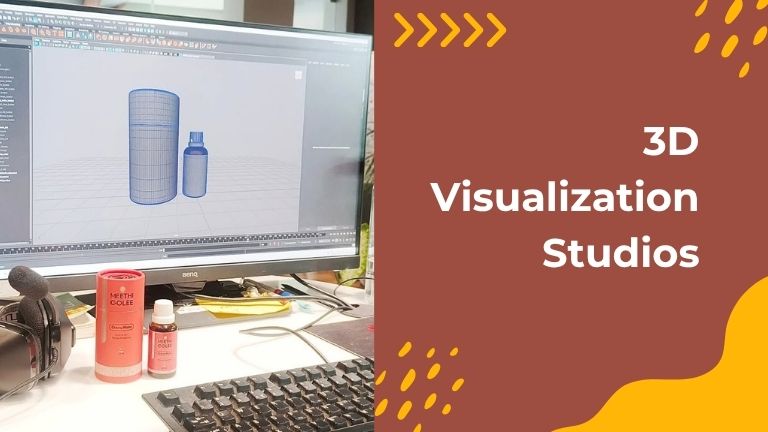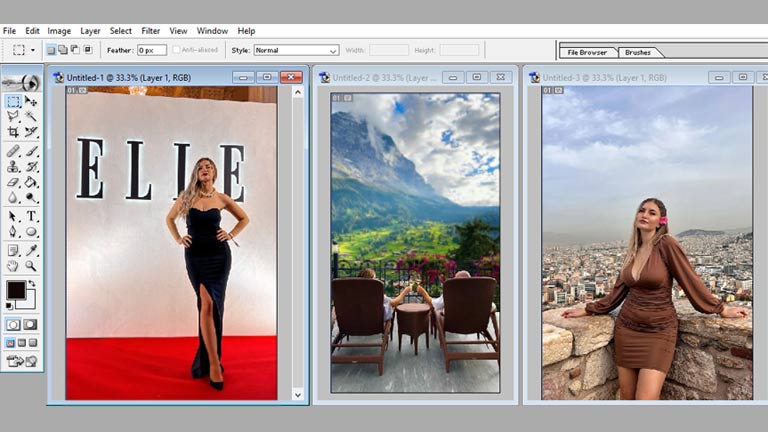
Any online retailer is looking for a way to make their consumer feel so confident about the product they are seeing that clicking “buy” becomes an easy, irresistible decision. For a long time, e-commerce brands relied on expensive, time-consuming processes to make their catalogs more attractive. This was traditional photography that required producing all product options, complex logistics, and preparation for a photoshoot. Today, things have changed, and more and more companies rely on 3d rendering services. This innovative approach allows not only to overcome the challenges of preparing your product for the demonstration but also saves a lot of time and money on production. With a 3D visualisation studio, it is possible to demonstrate every feature of your product and every color and design option you offer without even producing it.
The Hidden Costs and Logistical Headaches of Product Photography
If you have ever launched a product, you know how complicated the process is. Production, marketing materials, and images are all worth a budget of a small country – transportation, setup, the photographer’s work, and many other things that cost time and money. Moreover, after the shoot, when reviewing the imagery, the CEO decides that the lighting or product placement is not proper, and you need to start over with everything.
Why Physical Shoots are So Expensive?
When you are planning a product photo shoot, you are paying for a studio, hiring a photographer, a stylist, in some cases models, and a creative director. All of these have significant day rates. Moreover, you need to supply the product itself, usually prototypes or early models, and have it shipped to the studio. Also, you need to add surroundings, a kitchen set, or an expensive backdrop; you might need to arrange greenery as well. Yet, if a simple error occurred or a product doesn’t arrive on time, the entire process must be rescheduled. It doubles the cost of capturing a perfect product photo. So, many business owners are searching for a way to overcome this.
Revisions and Inventory Challenges
Revisions are actual financial killers of traditional photography. For example, your product comes in five colors, three fabrics, and two sizes. That’s 5×3×2=30 variations. As a result, photographing every variant is extremely expensive and time-consuming. Also, if you decide to add color several months from now, you must recreate the exact staging and lighting from the original shoot, which is almost impossible.
Furthermore, if you are selling custom furniture or cutting-edge gadgets, you need to begin marketing before the final product is available. In this case, physical photography means a delay in your launch, so you are losing weeks or even months of sales while your competitors are already earning money. A professional 3D rendering company can fix all this. Photorealistic 3D models let you market your products before production, giving you a speed-to-market advantage.
The Unbeatable Value of a 3D Visualization Studio
The technologies used by skilled 3D visualization studios are changing how we do product marketing. A complex task like a photoshoot is transformed into digitally created imagery, providing product representation and marketing assets even before anything is produced.
When working with a 3D rendering studio, creating a single 3D model might cost more than a single photo shoot. Still, with a model, you can easily represent your product in 5 different scenes and 10 different colors in the software. You can create an endless number of variations without setups and reshoots, just by means of 3D rendering software.
The Power of Infinite Flexibility
Any product is complex, and traditional photography limits the ability to capture its features. On the other hand, a 3D model is a dynamic digital object that you can manipulate endlessly. It gives you creative freedom, and you can adjust material, size, or environment with a few clicks. There are no limitations like with physical products. Here are the types of changes you can make with a 3D model instantly:
- Change product color and texture (e.g., switch from polished metal to matte black, or velvet to linen).
- Switch environments or lighting (e.g., move the object from a cozy fireplace setting to a minimalist loft).
- Animate the product or create a 360-degree interactive view for website display.
Using 3D Assets to Boost Engagement and Conversions
While cost and flexibility are powerful operational arguments, the real competitive advantage lies in what a 3d visualisation studio enables for your customer experience. Your product catalog is no longer a passive collection of static images; it becomes an interactive, immersive sandbox. This directly translates into higher customer confidence and, crucially, better conversions. In a world where every click counts, this difference is your e-commerce edge.
Enabling Immersive Customer Experiences (AR and Configurators)
The 3D model is the foundation for the most cutting-edge retail experiences. Every 3d rendering agency knows this. Because the asset is a true-to-life digital twin, you can use it to power Augmented Reality (AR) features. A customer can literally point their phone at their living room and see your new sofa placed perfectly in their space. This eliminates the uncertainty of size and style, which is often the biggest hurdle to buying high-value items online.
Furthermore, a 3D architectural visualization company or a provider of 3d rendering services can create interactive product configurators. This allows buyers to custom-build their product, choosing components, colors, and features, and see the photorealistic result instantly. This level of personalized, confidence-building interaction is impossible with flat images. The ability to “try before you buy” digitally significantly reduces return rates, saving you another massive headache.
E-commerce businesses are switching to 3D visualization studios for their catalogs because they offer a more cost-effective, interactive, and efficient way to showcase products online. Instead of relying on traditional product photography, which is time-consuming and expensive to scale, 3D visualization creates photorealistic digital models that provide customers with a more immersive and informative shopping experience.


